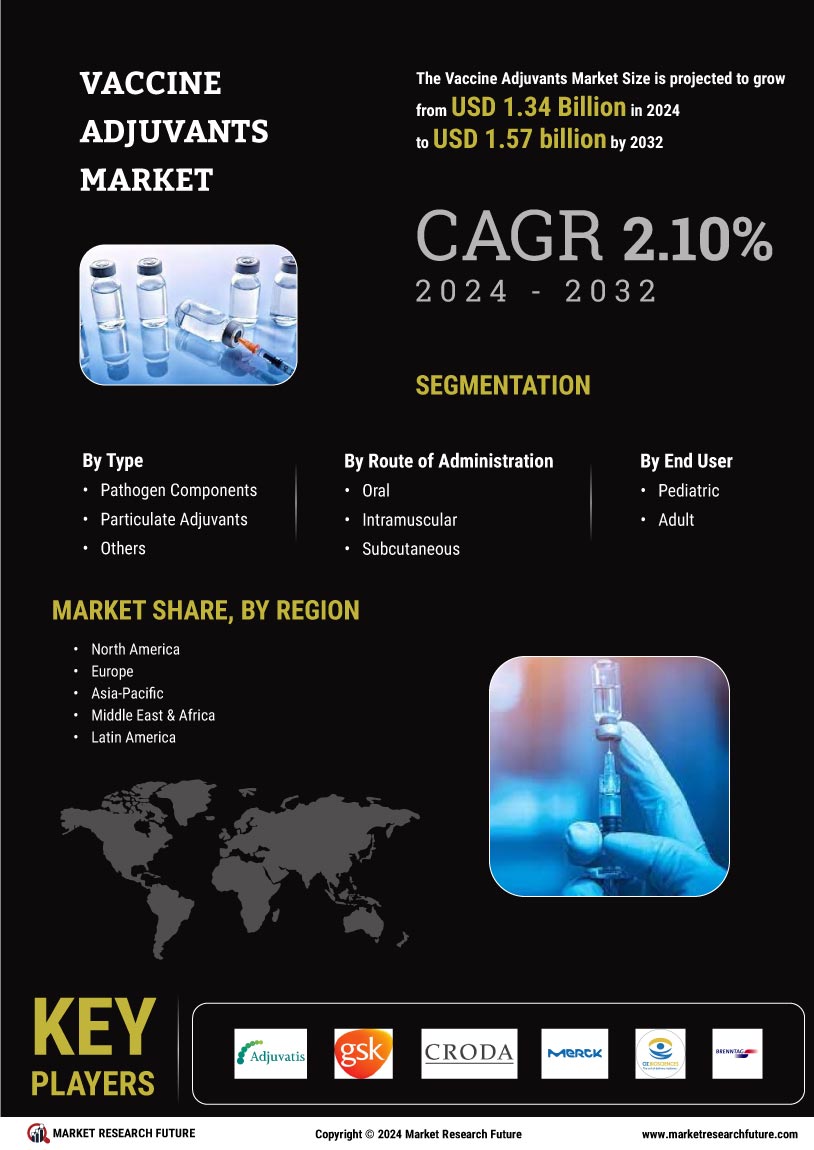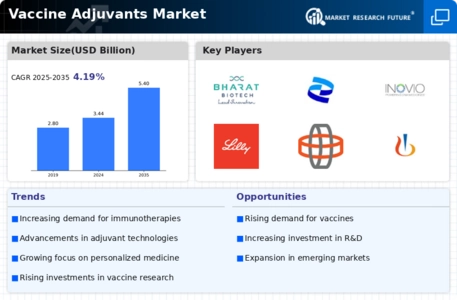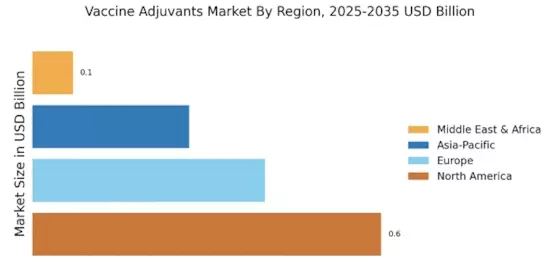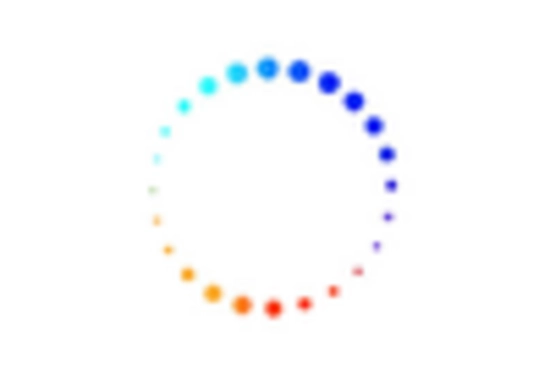Rising Demand for Effective Vaccines
The Vaccine Adjuvants Market is experiencing a notable surge in demand for effective vaccines, driven by the increasing prevalence of infectious diseases. As healthcare systems strive to enhance immunization rates, the incorporation of adjuvants has become essential in vaccine formulations. These substances are known to boost the immune response, thereby improving vaccine efficacy. According to recent data, the market for vaccine adjuvants is projected to grow at a compound annual growth rate of approximately 8% over the next few years. This growth is indicative of the heightened focus on developing vaccines that not only prevent diseases but also provide long-lasting immunity, thereby reinforcing the importance of adjuvants in modern vaccine development.
Increased Investment in Vaccine Research
The Vaccine Adjuvants Market is benefiting from increased investment in vaccine research and development. Governments and private entities are allocating substantial funds to explore innovative adjuvant technologies that can enhance vaccine efficacy. This trend is particularly evident in the context of emerging infectious diseases, where rapid vaccine development is crucial. Recent reports indicate that funding for vaccine-related research has seen a significant uptick, with billions of dollars being invested annually. This influx of capital is likely to accelerate the discovery and commercialization of novel adjuvants, thereby expanding the market. The emphasis on research is expected to yield new insights into immune modulation, further solidifying the role of adjuvants in vaccine formulations.
Growing Awareness of Preventive Healthcare
The Vaccine Adjuvants Market is also influenced by the growing awareness of preventive healthcare among populations. As individuals become more informed about the benefits of vaccination, there is a corresponding increase in demand for vaccines that are more effective and provide better protection. This trend is prompting manufacturers to invest in adjuvant technologies that can enhance the immune response. Public health campaigns and educational initiatives are further driving this awareness, leading to higher vaccination rates. Consequently, the demand for innovative adjuvants is expected to rise, as they play a crucial role in ensuring that vaccines meet the expectations of both healthcare providers and the public.
Regulatory Support for Vaccine Development
Regulatory support is a significant driver for the Vaccine Adjuvants Market, as agencies worldwide are streamlining processes to facilitate vaccine development. This support includes the establishment of guidelines that encourage the use of adjuvants in vaccine formulations. Regulatory bodies are recognizing the importance of adjuvants in enhancing vaccine efficacy and are providing frameworks that expedite their approval. This regulatory environment is fostering innovation and encouraging manufacturers to explore new adjuvant technologies. As a result, the market is likely to see an influx of novel adjuvants that meet regulatory standards, ultimately contributing to the development of more effective vaccines.
Technological Advancements in Vaccine Development
Technological advancements are playing a pivotal role in shaping the Vaccine Adjuvants Market. Innovations in formulation technologies and delivery systems are enabling the development of more effective adjuvants that can enhance the immune response. For instance, the emergence of nanoparticle-based adjuvants has shown promise in improving vaccine performance. These advancements are not only facilitating the creation of new vaccines but are also optimizing existing ones. The market is witnessing a shift towards more sophisticated adjuvant systems that can be tailored to specific pathogens, which is likely to drive growth in the industry. As a result, the integration of cutting-edge technologies is expected to significantly influence the future landscape of vaccine adjuvants.


















Leave a Comment